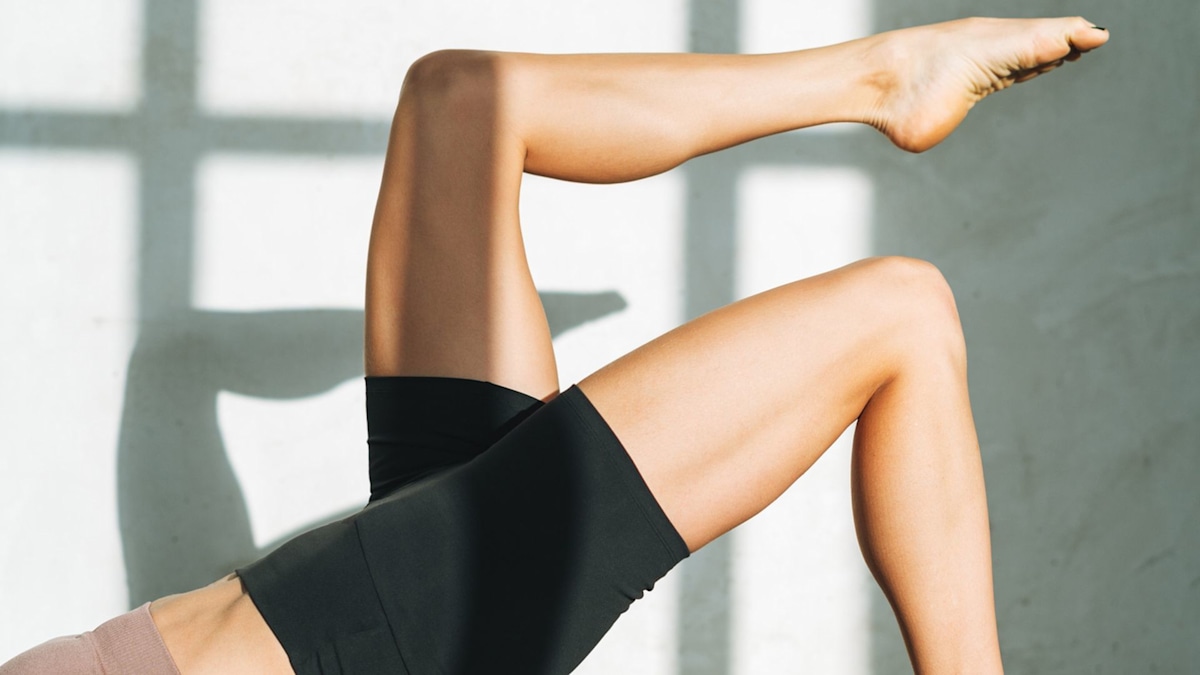Pilates might be a hot trend right now, but it’s all for good reason if you ask us.
While Reformer Pilates (also very trendy) uses weighted equipment to work the major muscle groups, Mat Pilates relies solely on body weight to conduct specific exercises with the aim of improving muscle strength and tone, as well as alignment and posture.
Thanks to Pilates also improving our flexibility and joint strength, it’s a fantastic form of exercise to incorporate in our regular routines as we age. This is because with age often comes weakened bone strength and a decrease in muscle mass, making us more susceptible to injury and inflammation.
However, Pilates requires precision and accurate control to reap its benefits. What’s more, if you’re making mistakes in your class, you could be increasing the risk of injury rather than preventing it.
Fortunately, there are ways to counteract this.
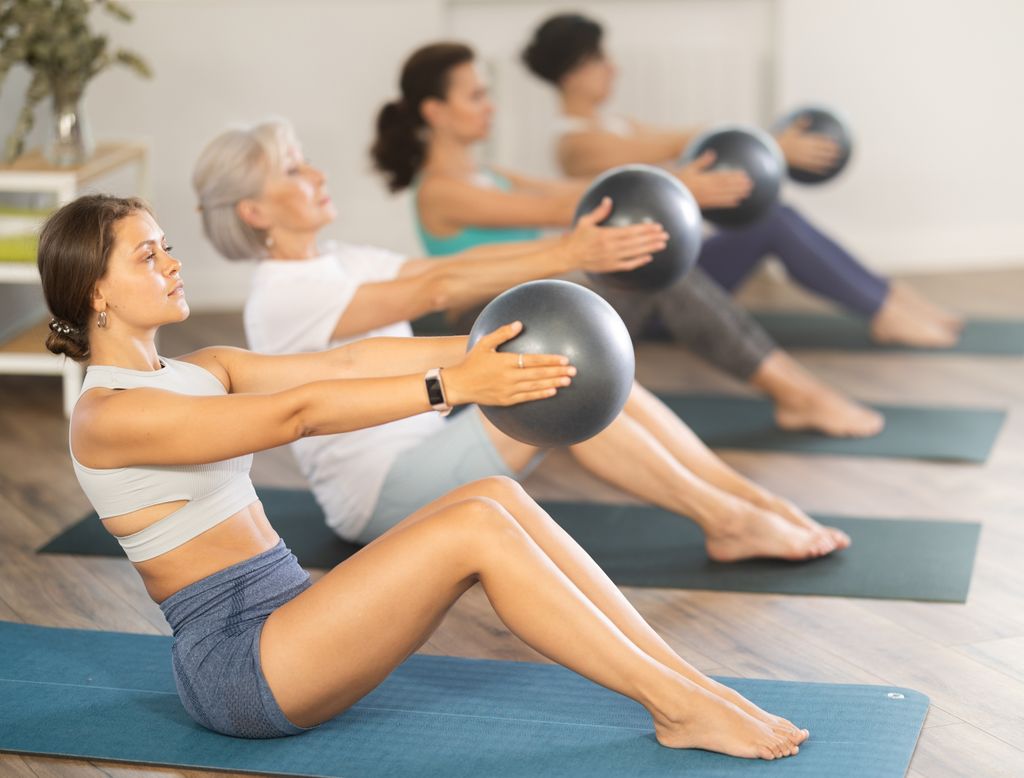 © Shutterstock / BearFotosPilates is fantastic for strength, flexibility and posture
© Shutterstock / BearFotosPilates is fantastic for strength, flexibility and posture
Click through the gallery to find out common mistakes many often make in their Pilates classes and the “anti-ageing” move we all should be adding to our Pilates repertoire…
 © Getty ImagesThe “anti-ageing” move you need to learn
© Getty ImagesThe “anti-ageing” move you need to learn
Rebecca Dadoun, qualified instructor and founder of Pilates Prescription, shared how the ‘Dart’ move in the Pilates syllabus is her favourite due to its “anti-ageing” properties when it comes to the spine.
“In the dart move, you are lying face down on the floor in prone and moving your head, neck and upper back away from the floor, which strengthens your spine muscles, which essentially keeps you upright.”
Rebecca states that not only is it great for counteracting the ageing of muscles and joints, but it also helps to counteract the perils of a sedentary lifestyle, such as sitting at a desk for hours on end, which is known to be detrimental to our overall health.
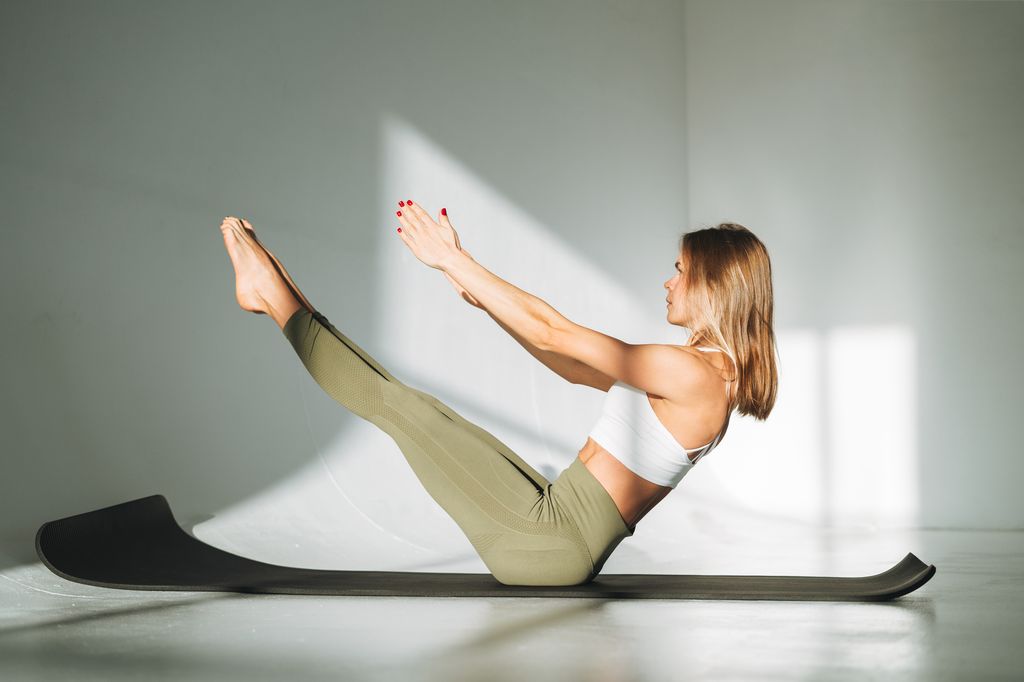 © Getty ImagesCore engagement
© Getty ImagesCore engagement
Rebecca explains that although there many mistakes made by class participants, the most common are related to form, breathing and core engagement.
With core engagement, the reason for errors comes from people not understanding what the core actually is. “Most people think that the core is only the abdominal muscles, but in reality, it’s a system of muscles working together.
“Think of your core as a cylinder: abdominal muscles in front, spinal muscles in back, pelvic floor at the bottom, and diaphragm at the top to simplify it. Developing a strong core requires engaging all these components, not just the abs, and certainly not through crunches alone!”
Any Pilates instructor worth their salt will tell you that the core needs to be engaged performing exercises throughout the duration of a class, so knowing how to effectively engage those muscles is crucial.
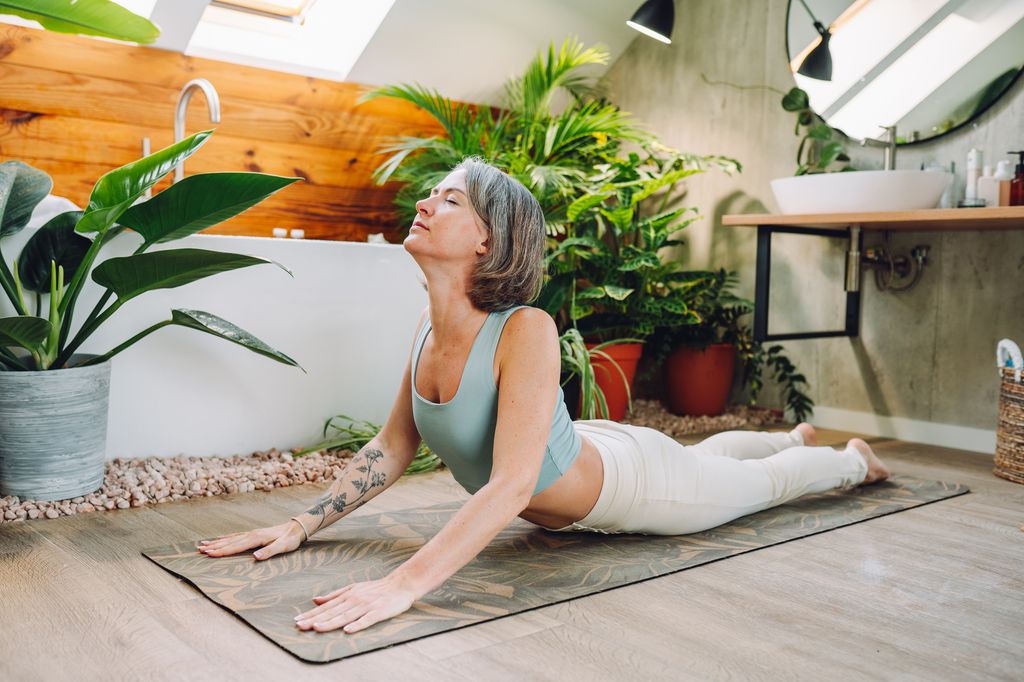 © Getty Images
© Getty Images
Rebecca states that breathing is frequently overlooked. “Proper technique involves lateral breathing and engaging your abdominals with each exhale.” Lateral breathing means breathing out through the sides of your ribcage, as opposed to breathing ‘upwards and downwards’.
“A helpful cue is to imagine drawing your navel towards your spine while simultaneously sending your lowest rib towards your pelvis.
“Mastering your breath is key to core engagement, safe movement, and maintaining the right movement speed.”
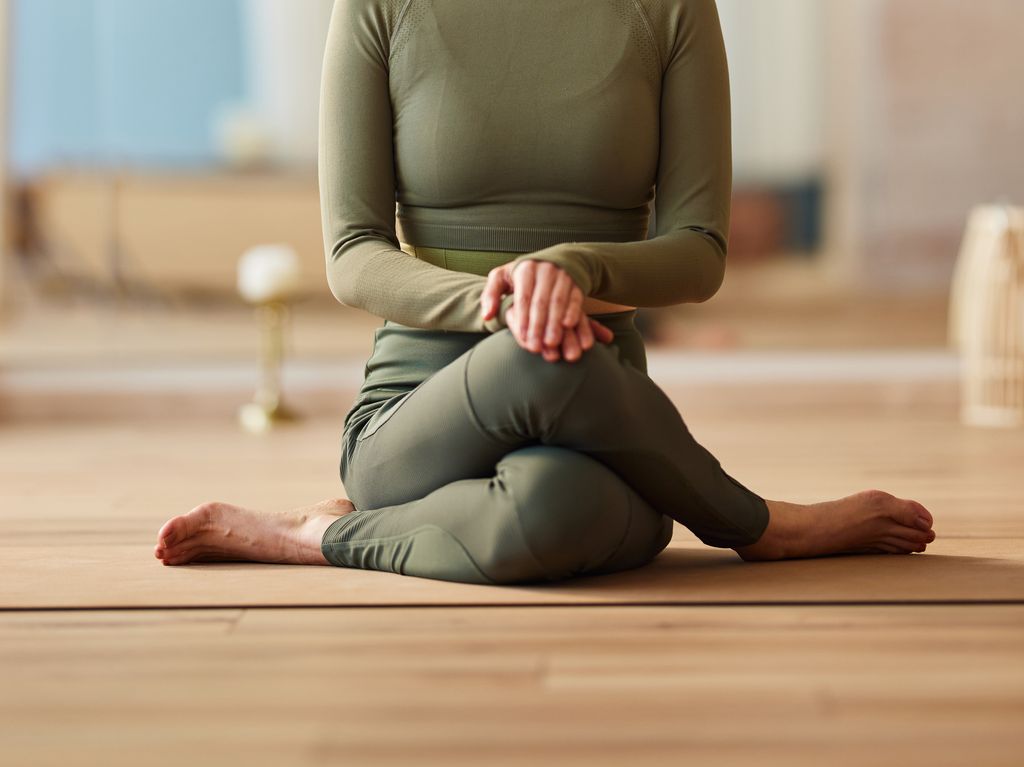 © Getty ImagesForm and stability
© Getty ImagesForm and stability
“Understanding which parts of your body should stay still and which should be moving is essential for proper form,” Rebecca states.
“For instance, in a four-point kneeling position [on all fours, basically] lifting your leg to the tabletop position, your torso and spine should remain still while only your hip joint moves.
“A common mistake is allowing unnecessary movement, such as arching the back into a banana shape during the leg lift, bending the elbows or tipping the head back.”

